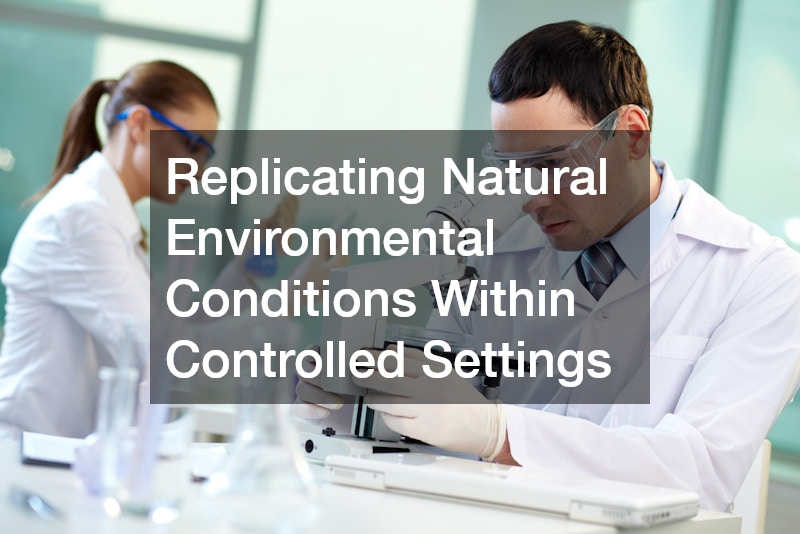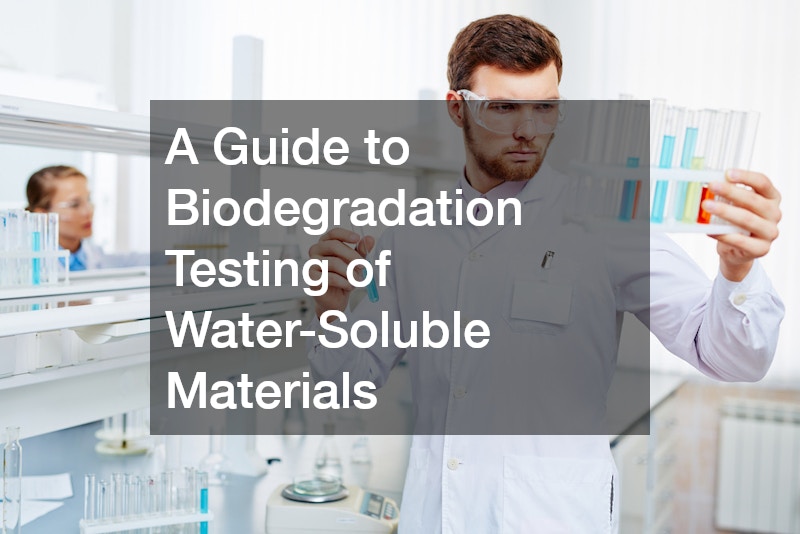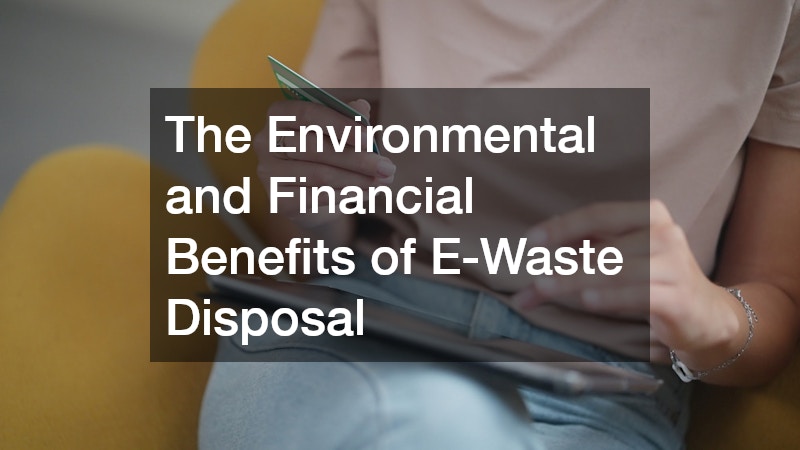Disclaimer: Computers and Technology News Digest. This site provides computers and technology content for informational purposes only.
This article provides a comprehensive guide to understanding the importance and methodology of biodegradation testing, specifically for water-soluble materials. As environmental concerns grow and the demand for sustainable solutions rises, a biodegradation test has become an essential process for verifying the ecological impact of various materials. Water-soluble materials, in particular, pose unique challenges and opportunities within biodegradation processes due to their physical properties, which necessitate specialized testing methods.
In addressing environmental sustainability, it is pivotal to ensure that these materials, when released into natural systems, do not cause harm or residual impact. Therefore, a rigorous understanding of the biodegradation testing mechanisms and their application to water-soluble substances is crucial for businesses and industries committed to environmentally friendly practices.
What is Biodegradation Testing?
Biodegradation testing is a scientific process that assesses the breakdown of materials by microorganisms. These tests simulate natural conditions to evaluate how quickly and effectively a material decomposes while leaving no toxic effect on the environment. This process is particularly significant in understanding the lifecycle of materials and their long-term ecological footprint. Given the environmental implications, biodegradation testing provides insights that guide manufacturers and policymakers towards more sustainable material usage. Specifically, for water-soluble materials, this testing also determines the release and impact of breakdown products in aquatic systems.
The significance of biodegradation testing lies in its ability to ensure materials are integrated back into natural cycles harmfully. Companies are now more accountable than ever to minimize their ecological footprints, with many choosing products verified through definitive biodegradation tests. By using standardized test methods such as those developed by organizations like ASTM or ISO, consistency in results can be maintained globally, providing reliable data for eco-labeling and sustainability claims. This standardization is critical as it allows stakeholders to trust the environmental claims that businesses assert, thus influencing consumer purchases and regulatory approvals. Therefore, biodegradation testing not only confirms the eco-friendliness of a material but may also enhance its marketability.
How are Biodegradation Tests Conducted?
The process of conducting biodegradation tests involves replicating natural environmental conditions within controlled settings. Various standardized assays, such as those utilizing aquatic or soil-based systems, are employed to measure the degradation rate of materials. Conditions such as temperature, pH, and microbial population are meticulously controlled to ascertain realistic biodegradation rates. For water-soluble materials, specific tests are designed to evaluate how these substances dissolve and are metabolized by microbes in aqueous environments. Advanced analytical techniques are used to quantify the degradation products, highlighting both the speed and completeness of the biodegradation process.
Common test methods include aerobic and anaerobic biodegradation tests, representing environments with or without oxygen, respectively. Aerobic biodegradation tests are often faster due to the presence of oxygen, which enhances microbial activity, whereas anaerobic tests are critical for understanding degradation under oxygen-deprived conditions typical of certain natural and artificial waste treatment systems. Water-soluble materials may undergo tests like the OECD Test 301 series, which determine their biodegradability under controlled aquatic conditions. These tests are crucial in guaranteeing that such materials do not negatively affect aquatic ecosystems upon their dissolution and eventual breakdown. As industries increasingly prioritize sustainability, selecting the right testing method is essential for achieving accurate assessments.
How to Choose the Right Testing Method for Your Material?
Choosing the appropriate biodegradation testing method involves considering the material properties, intended use, and environmental pathways. For water-soluble substances, one must focus on tests that accurately reflect the conditions these materials would encounter in natural aquatic systems. Factors such as solubility, molecular structure, and potential environmental loading scenarios should guide the selection of the test. It is important to align the testing conditions with real-world scenarios as closely as possible to ensure the relevance and applicability of the results. Consequently, collaborating with expert laboratories and utilizing well-established protocols, such as those provided by ISO or ASTM, is are recommended step in the process.

Additionally, understanding the regulatory landscape is crucial as different regions may have varied requirements for biodegradation testing. Industry standards and eco-labeling criteria often inform the choice of testing methods, ensuring compliance with environmental and safety regulations. Engaging with these standards provides a benchmark that underscores the environmental commitment of a business and positively influences consumer perceptions. Selecting tests that are internationally recognized can aid in achieving greater acceptance and trust among stakeholders across different markets. Thus, regulatory understanding paired with scientific rigor ensures that the choice of biodegradation tests aligns with both market expectations and environmental needs.
Biodegradation testing of water-soluble materials is not only crucial for environmental preservation but also increasingly important for industries striving for sustainability. By understanding and implementing robust testing methods, it is possible to ensure that materials contribute positively to the ecosystem rather than detract from it. Integration of appropriate biodegradation testing methods grants companies the confidence to market their products as safe and green while adhering to necessary regulatory standards. This proactive approach supports sustainable practices and fosters trust with environmentally conscious consumers. As the global community continues to emphasize environmental responsibility, biodegradation testing, as discussed, will remain a focal point in material design and policy-making.

